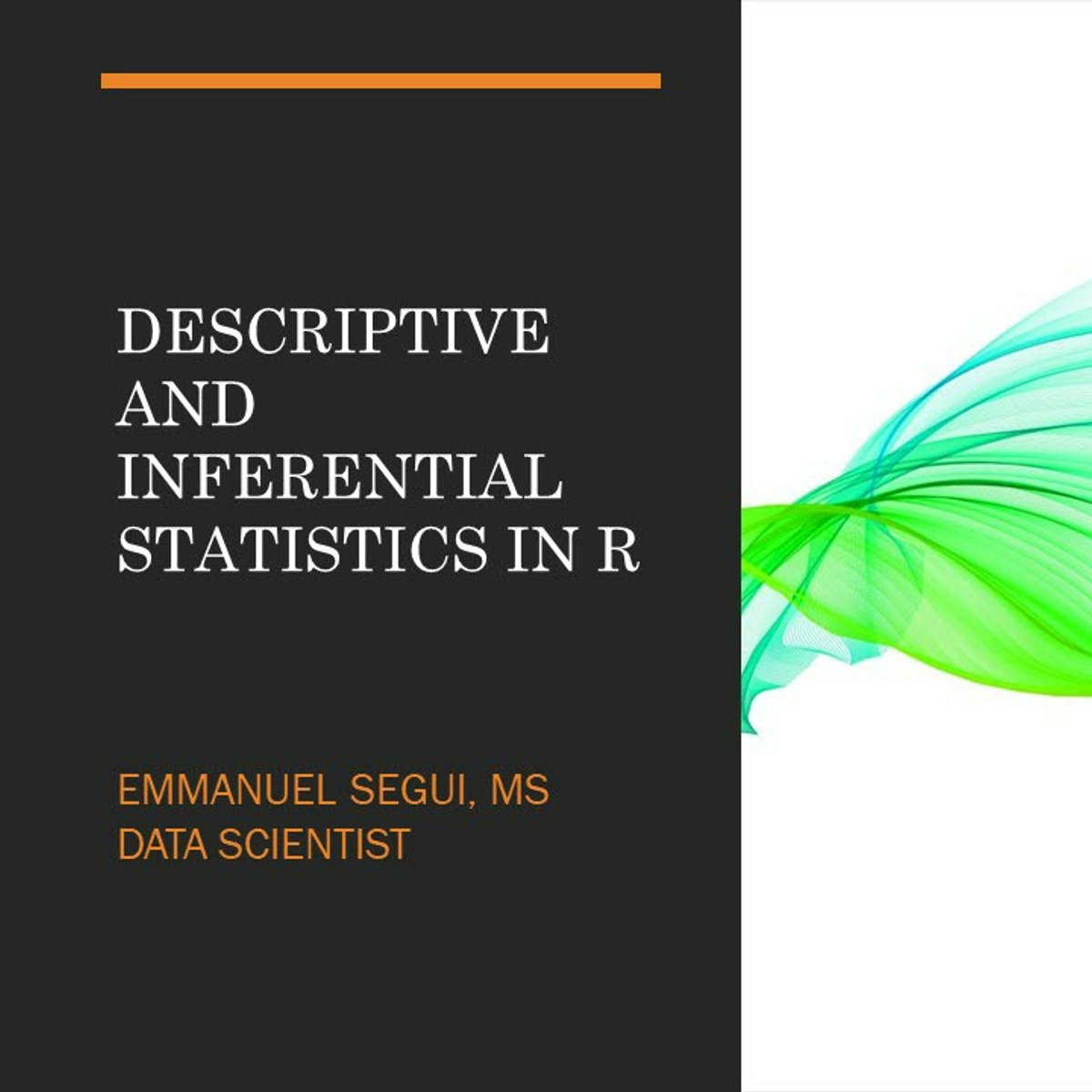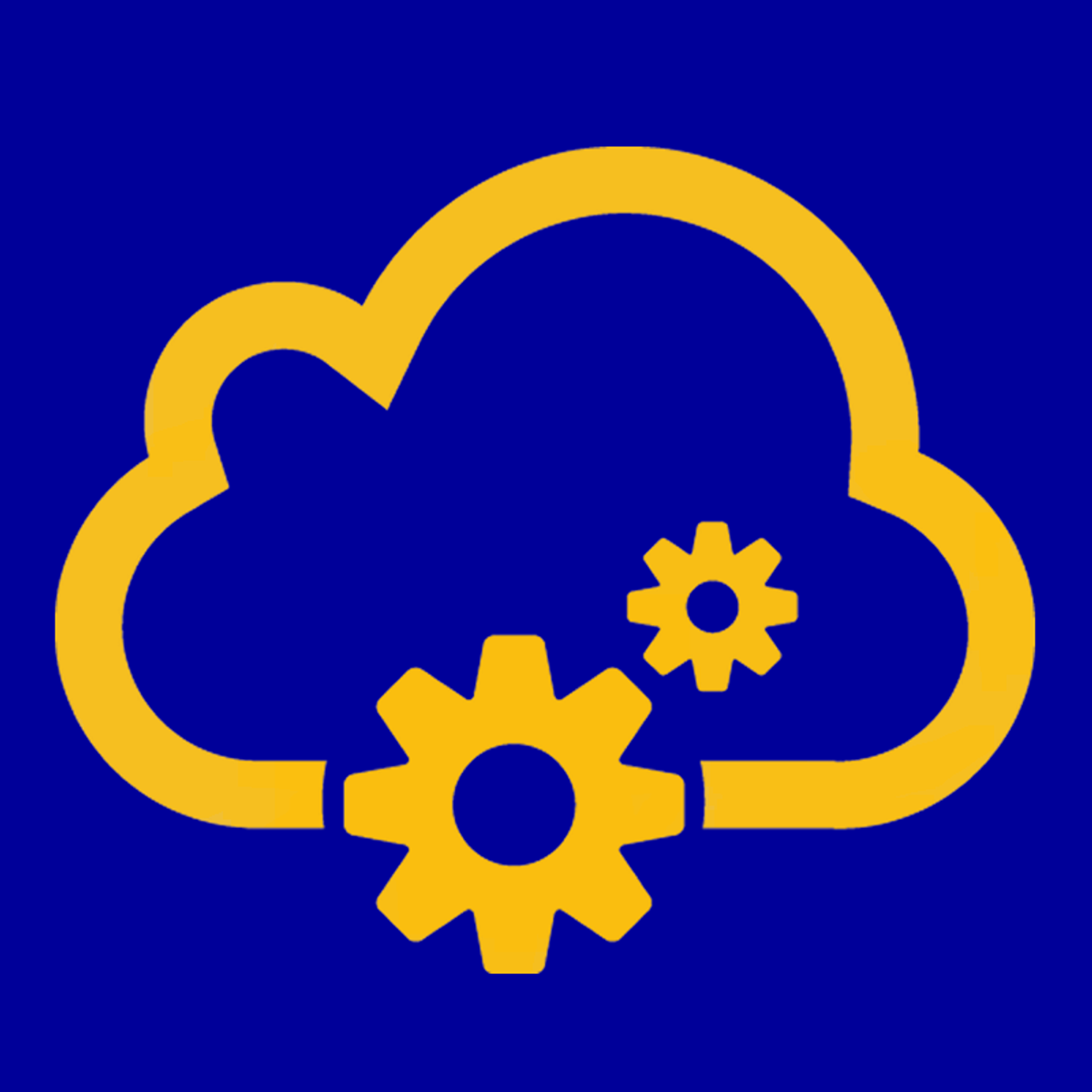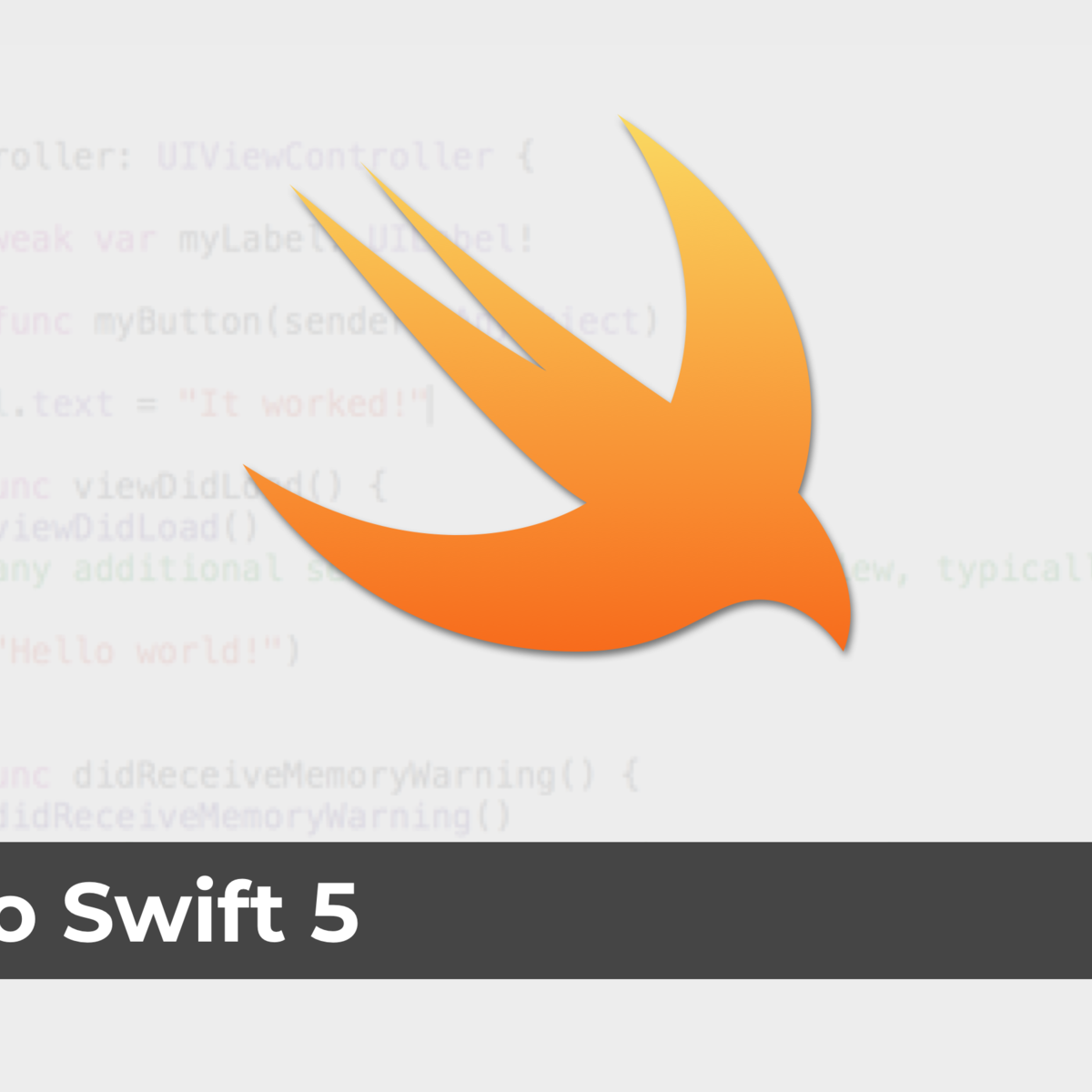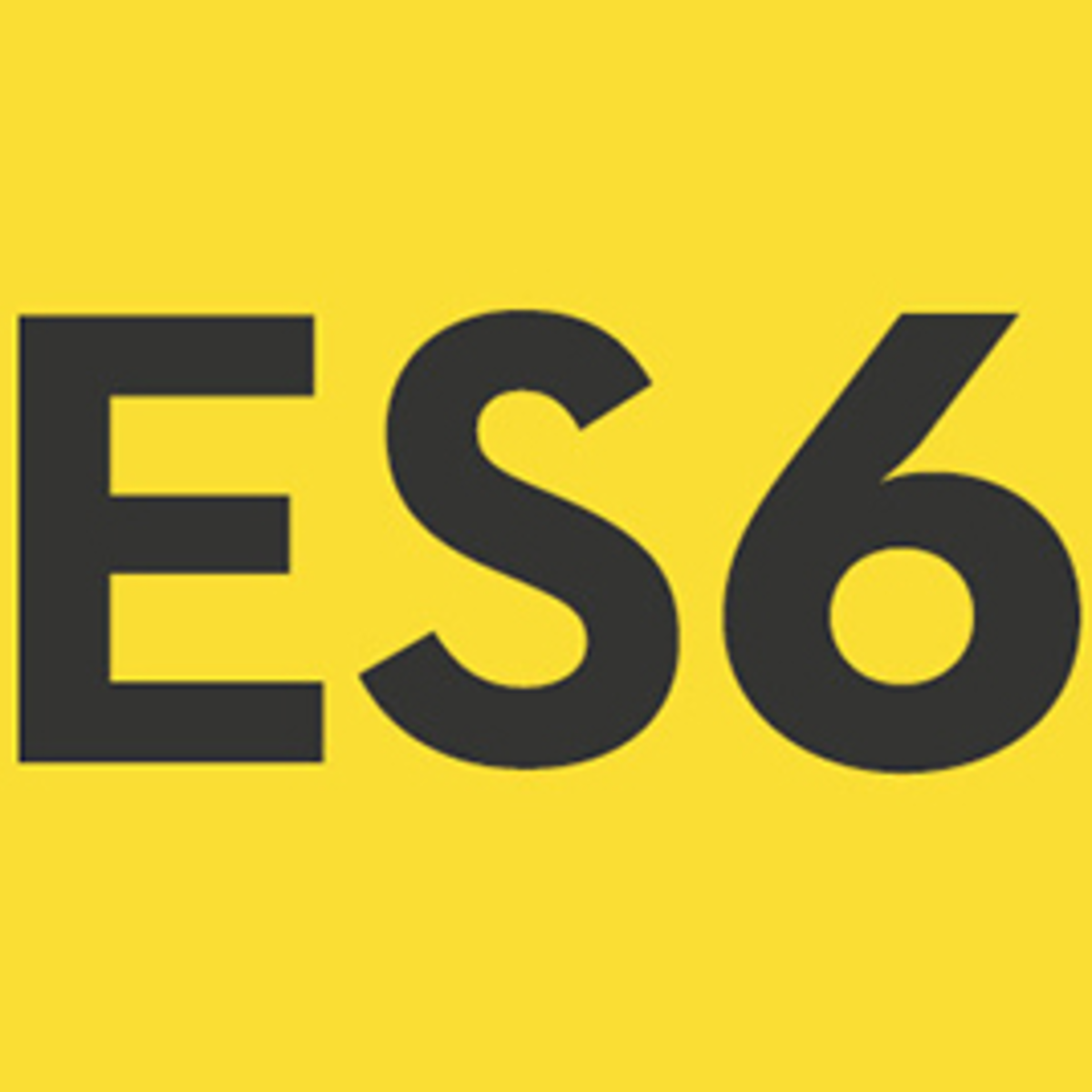Back to Courses









Software Development Courses - Page 81
Showing results 801-810 of 1266

Descriptive and Inferential Statistics in R
In this 1-hour long project-based course, you will learn how to summarize descriptive statistics, calculate correlations and perform hypothesis testing in R
Note: This course works best for learners who are based in the North America region. We’re currently working on providing the same experience in other regions.

Introduction to the Unity Input System
In this one-hour, project-based course, you'll learn how to install and configure the new Input System. Unlike the old system, called Input Manager, Unity's new system will allow developers to create bindings that map actions to input devices - eliminating the need to manage which input device a player is using, nor which physical button a player is pressing. In this project, you'll learn how to create "control schemes" and "action maps" and use them in your C# scripts to create device-agnostic player movement.
The guided project will introduce you to the following Unity concepts:
- New Input System
- Rigidbody
- C# coding techniques such as event-handling
This course makes use of the poly-castle Unity project created in Create Keyboard Movement Mechanics with C# in Unity. It compliments this guided project and, although not a prerequisite, is recommended for a more well-rounded understanding of the concepts presented herein. In this project, we will replace the project's existing input system with the new system.
Note: This course works best for learners who are based in the North America region. We’re currently working on providing the same experience in other regions.
Client Needs and Software Requirements
This course covers practical techniques to elicit and express software requirements from client interactions.

Linux Tools for Developers
Course 3 is a continuation of the previous course, and will focus on teaching you how to work with tools you need to do your everyday work. The course begins by introducing you to numerous essential command line tools that are used daily. Then, it focuses on bash scripting - you will learn how to construct scripts and how to do very complicated tasks in an automated way. The course looks at files and filesystems and focuses on compiling programs in Linux, using gcc and other compilers, and using libraries of different types. It also takes a look at how Java works in Linux, and explains why there is no reason to worry about having easy-to-use Java programs in Linux. Course 3 ends by covering building packages out of software in Linux.

Position Elements on a Page with CSS
In this intermediate-level course you will explore how CSS (Cascading Stylesheets) can be used to control the position of objects on your web page. You will learn to wrap text around an image and create a horizontal menu bar of links using CSS. Using the Notepad++ editor, you will update an internal stylesheet with the CSS rules that control blocks of content. The Chrome browser is used to display the page to test the results of your work.
Note: This course works best for learners who are based in the North America region. We’re currently working on providing the same experience in other regions.

SOAP Web Services with JAX-WS
This course introduces JAX-WS, SOAP, and XML. We'll discuss best practices and the behind the scenes details of SOAP and XML, before moving on to JAX-WS endpoints, clients, and Web Services. Through the course we'll be utilizing labs to practice and create our own projects.

Process Documents with Python Using the Document AI API
This is a self-paced lab that takes place in the Google Cloud console.
Use the Document AI API with Python to create various processors, including a general form processor and a Document OCR processor, then make synchronous and asynchronous calls to the API using Python.
The Document AI API is a document understanding solution that takes unstructured data, such as documents and emails, and makes the data easier to understand, analyze, and consume.
In this lab, you will use the Document AI API with Python to create various processors, including a general form processor and a Document OCR processor, then make synchronous and asynchronous calls to the API using Python. This lab creates a Vertex AI Notebooks instance for you that you will use with JupyterLab notebooks to work with the Document AI Python Client modules.

iOS App Store & In-App Purchases
This course teaches basics of monetization on iOS, starting with in-app ads and then moving to in-app purchases. You will learn more advanced in-app purchase integrations, and you'll make both consumable and non-consumable purchases while building a realistic iOS app. Finally, you will learn how to take your apps even further with in-app subscriptions, and how to start and cancel subscriptions and create a delightful user experience.

JavaScript Decision Programming with Nested If
In this intermediate-level project you will examine the need to make complex decisions in programming that require Nested If statements. Using the Notepad++ editor and JavaScript embedded in HTML, you will write the JavaScript code to test a condition and then take an action based on the test result. The catch is that the action may be to test another condition and take an action based on that test result. As you develop your programming skills, the logic required will become more complex. The Nested If statement will be a great tool for you as you tackle those logic challenges.
Note: This course works best for learners who are based in the North America region. We’re currently working on providing the same experience in other regions.

Modern JavaScript: ES6 Basics
In this project, you'll learn the most fundamental ES6 features and practice them with live hands-on examples. You'll start writing modern JavaScript and really understand why we need ES6.
Mastering modern JavaScript starts with understanding the reasoning behind the main ES6 features - arrow functions, variables, template literals. Doing so will help you grasp the concepts behind Node, React and Angular.
Popular Internships and Jobs by Categories
Browse
© 2024 BoostGrad | All rights reserved


